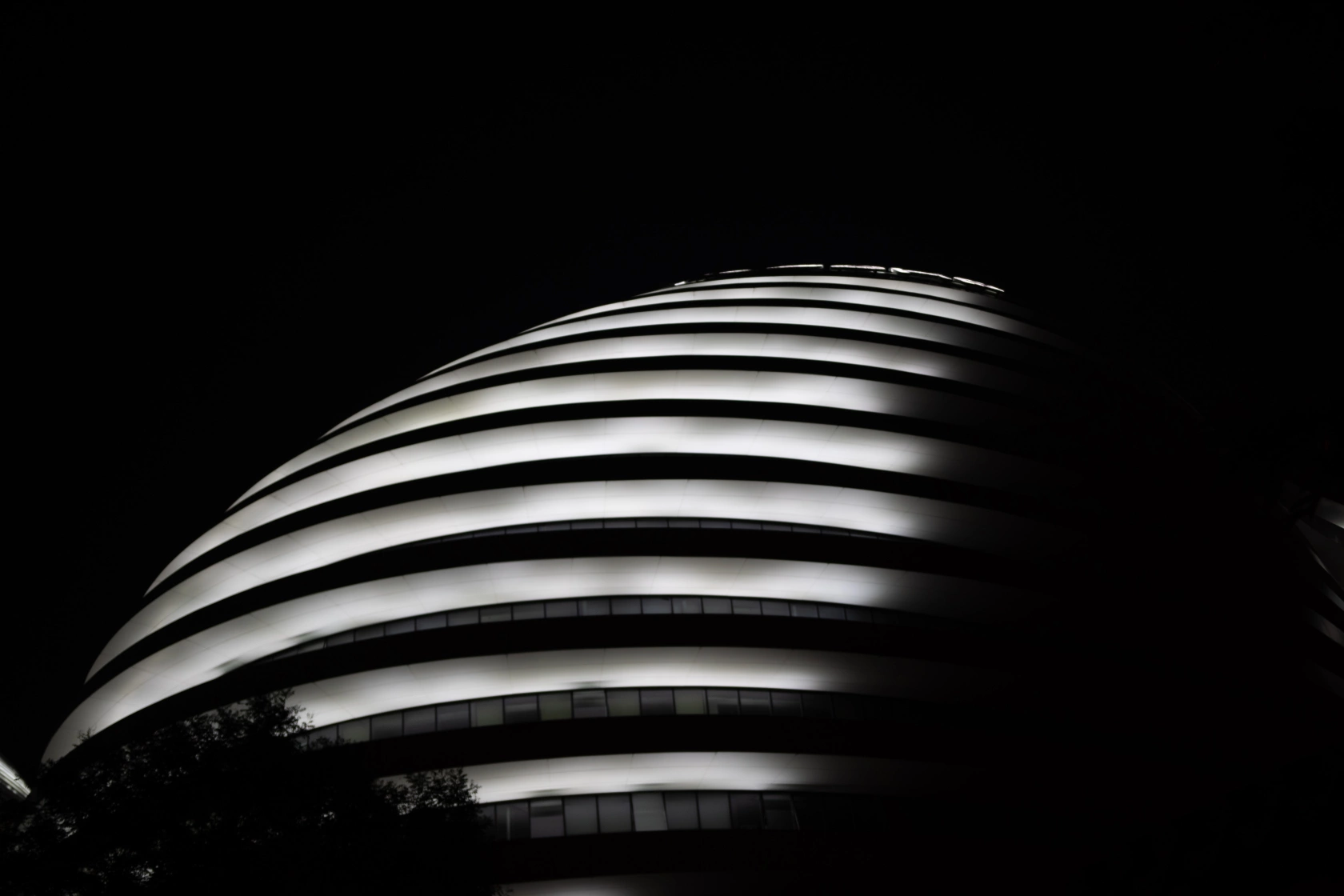The RBA is clear in its cash rate setting objectives that it wants to see inflation within the 2% to 4% band. To that end, it views wages growth as needing to be between 3% to 3.5% however, it is currently 1.9% p.a. Despite this gap, markets are pricing rises in the cash rate in sync with expectations for the US Fed Funds rate. Currently, a 75-basis point increase is priced in by markets for early 2023. This is a convenient nexus for markets to make between the US and Australia cash rate futures curve, but that may be all it is, convenient.
The big unknown in Australia is labour supply and the extent by which relaxed borders and government policy on immigration drives labour supply. Whilst there remains debate on the extent by which immigration in Australia suppressed wages growth over the eight years prior to COVID-19, there can be little conjecture that there has been a reduction of nearly 800,000 visa holders and total employment is therefore lower than pre-COVID. Consequently, we are seeing wages cost pressure. From an RBA viewpoint, all things being equal, this wages cost pressure could be expected to build towards the RBA wages growth target. The result would support increases in the cash rate, and sooner.
In the chart below, we can see that wages growth is around 1.9%. For inflation to operate within the 2% to 3% band, wages growth needs to be between 3% to 3.5% ( the shaded box). Wages growth is still a distance away from this target.
